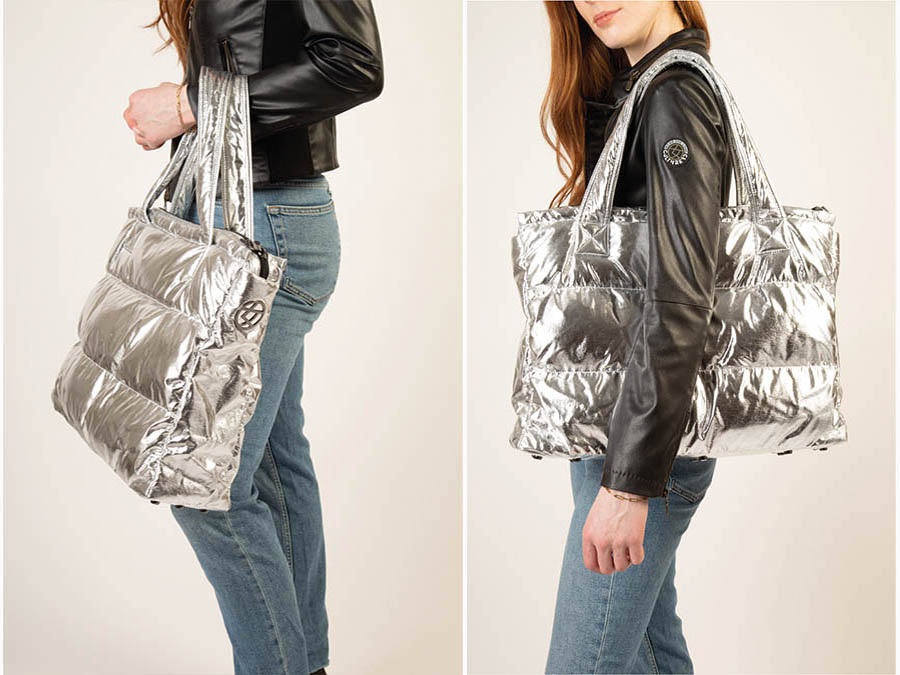The 5 Rs of Sustainable Fashion Explained
The 5 Rs of sustainable fashion are a set of principles aimed at promoting environmentally and socially responsible practices within the fashion industry.
These principles encourage individuals and businesses to rethink, reduce, reuse, repair, and recycle their clothing and accessories to minimize their ecological footprint and contribute to a more sustainable future.
By adopting these principles, we can work towards mitigating the negative impacts of the fashion industry on the environment and society.
1. Rethink
The first step towards sustainable fashion is rethinking our approach to clothing consumption. This involves questioning the prevailing fast fashion culture and focusing on the quality, durability, and longevity of garments rather than just following fleeting trends.
By adopting a more thoughtful and deliberate attitude towards purchasing, we can reduce the demand for cheap, disposable clothing and encourage the production of higher-quality, timeless pieces.
2. Reduce
Reducing our clothing consumption is essential to minimizing the environmental strain caused by the fashion industry.
This principle encourages us to buy fewer items and avoid impulse purchases. By building a versatile, mix-and-match wardrobe centered around timeless pieces, we can reduce the need for excessive clothing production.
Additionally, choosing well-made, durable garments can extend their lifespan and reduce the frequency of replacements.
3. Reuse
Reusing clothing is a fundamental aspect of sustainable fashion. Instead of discarding items after a few uses, we can explore ways to extend their life.
This can involve passing down clothing to family members or friends, participating in clothing swaps, or shopping for second-hand items at thrift stores or online platforms.
Reusing garments not only reduces waste but also conserves the resources needed to produce new clothing.
4. Repair
Repairing damaged or worn-out clothing is another vital aspect of sustainable fashion. Instead of discarding items at the first sign of damage, we can learn basic sewing skills or take our clothing to professional tailors for repairs.
This approach not only saves money but also reduces the demand for new clothing production. Repairing and maintaining our garments can significantly extend their lifespan, contributing to a more sustainable wardrobe.
5. Recycle
Recycling involves responsibly disposing of clothing that can no longer be used or repaired. Recycling can take various forms, such as donating clothing to charities, textile recycling programs, or upcycling items into new products.
It’s important to note that while recycling is a valuable step, it should be seen as a last resort after exhausting all other options like repair and reuse.
Proper textile recycling prevents clothing from ending up in landfills and can help reduce the overall environmental impact of the fashion industry.
What To Remember
The 5 Rs of sustainable fashion—rethink, reduce, reuse, repair, and recycle—provide a comprehensive framework for making conscious choices that positively impact the environment and society.
By adopting these principles, individuals, fashion brands, and the industry as a whole can work together to create a more sustainable and responsible approach to clothing consumption and production.
Embracing these principles empowers us to be more mindful of our fashion choices and contribute to a more equitable and environmentally friendly future.






